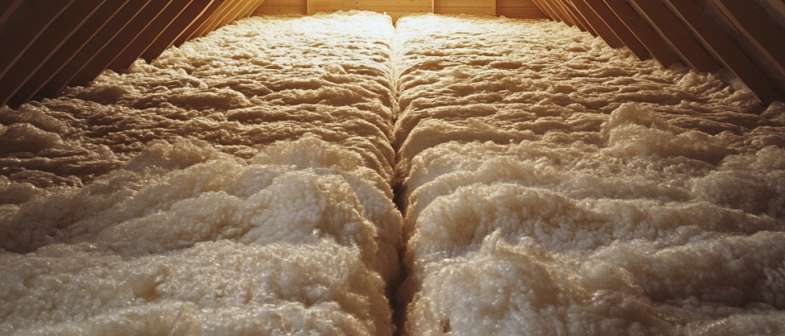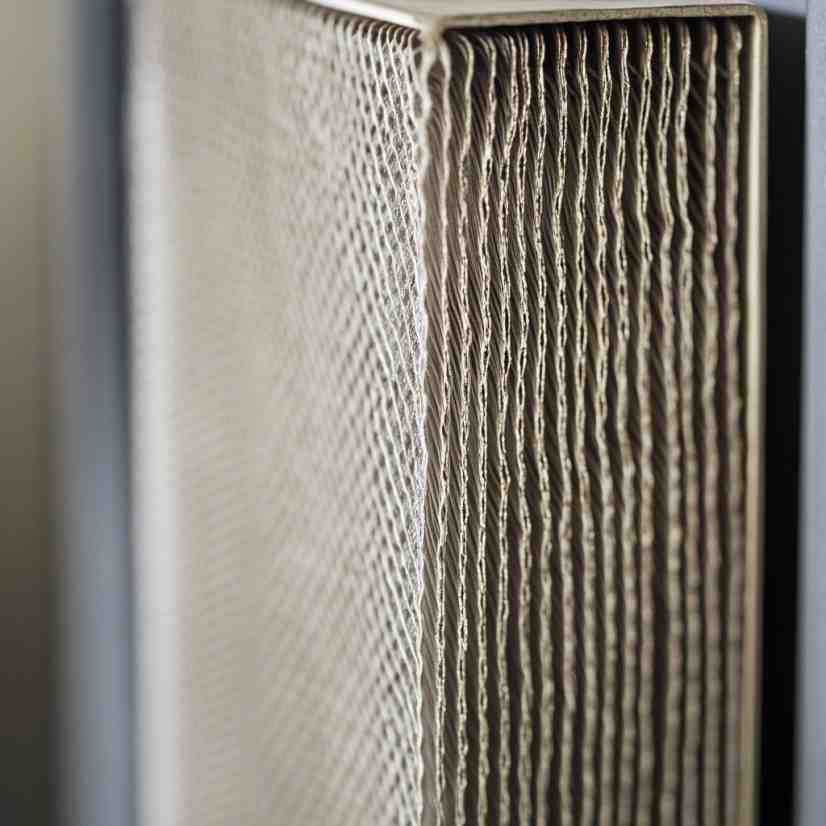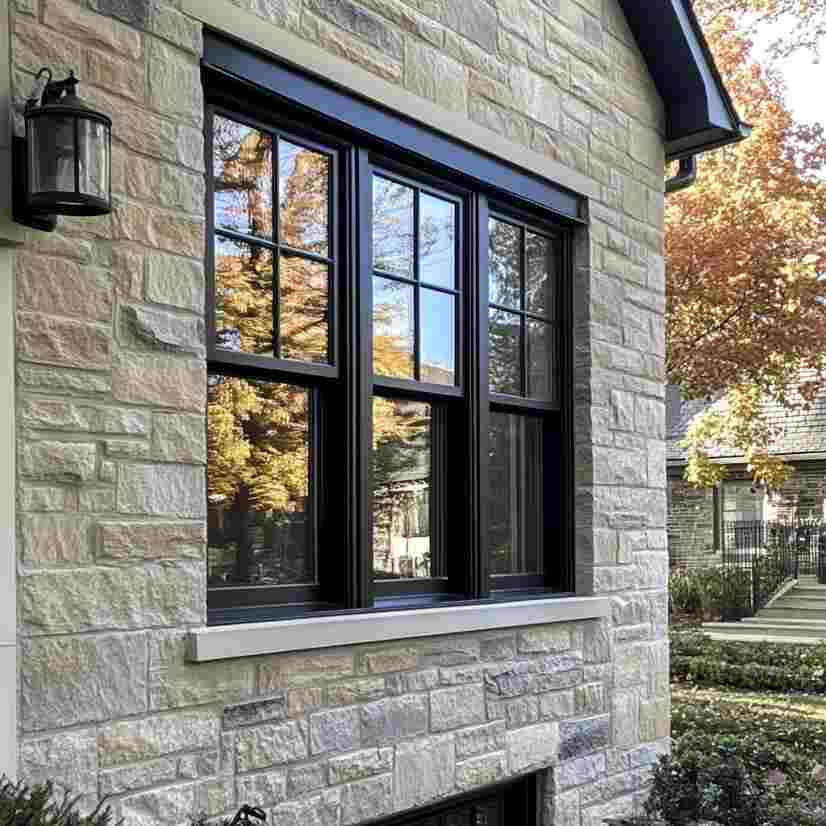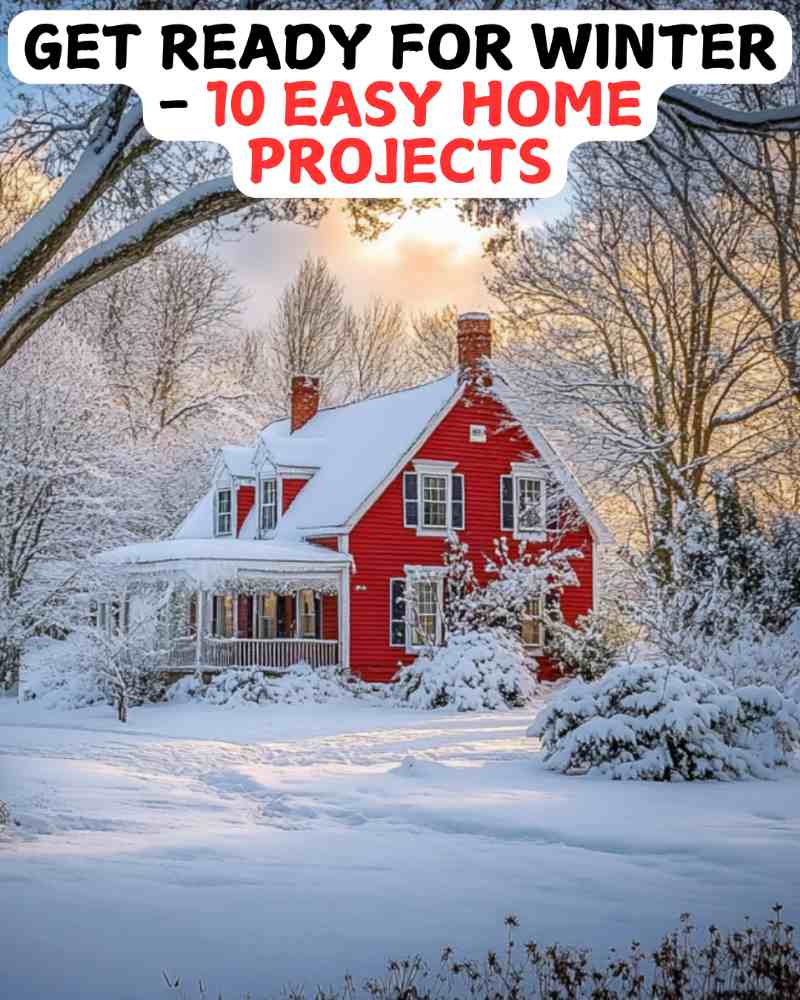Get Ready For Winter – 10 Easy home Projects

Make sure to like Living Green and Frugally on Facebook, Shop at Amazon to help support my site and explore our PINTEREST BOARDS for innovative ways you can become self-sufficient.
Get Ready for Winter – 10 Easy Home Projects to Prepare Your Space
Winter is just around the corner, and now is the perfect time to get your home ready for the colder months. From keeping energy bills low to ensuring your comfort, there are plenty of simple, cost-effective projects you can tackle to make your home winter-ready. Here are 10 easy tasks that will help you prepare your space for the frosty season ahead.
1. Add Attic Insulation
Why it’s important: Attic insulation acts as a barrier that helps keep heat inside your home. Without proper insulation, heat escapes through the roof, making your heating system work harder.
How to do it: Check your attic’s current insulation levels. If you can see the floor joists, it’s time to add more. Blow-in or batt insulation is an affordable option that you can DIY. Aim for an R-value (a measure of insulation effectiveness) recommended for your area’s climate.

2. Caulk Windows and Doors
Why it’s important: Drafts around windows and doors can let cold air in and allow warm air to escape, driving up your energy bill. Caulking seals gaps and prevents this heat loss.
How to do it: Start by identifying gaps around windows and doors, then remove any old or damaged caulk. Apply a fresh bead of exterior-grade caulk along the seams. Smooth the caulk with a damp finger or caulking tool for a neat finish.
3. Install a Programmable Thermostat
Why it’s important: A programmable thermostat allows you to set heating schedules so your furnace runs only when needed, helping you save money on energy bills. You can set lower temperatures when you’re asleep or away, and warm up your home before you return.
How to do it: Installing a programmable thermostat is straightforward. Turn off the power to your HVAC system, remove the old thermostat, and follow the wiring instructions provided with the new unit. Once installed, program the thermostat according to your daily schedule.
4. Change Furnace Filters
Why it’s important: Furnace filters trap dust, dirt, and other particles, improving indoor air quality and helping your furnace run efficiently. A dirty filter can restrict airflow, forcing the system to work harder, which increases energy costs and wear on the unit.
How to do it: Replacing your furnace filter is easy. Turn off the furnace, locate the filter compartment, remove the old filter, and slide in a new one. Make sure to check your manufacturer’s recommendations for the right filter size.

5. Reverse Ceiling Fans
Why it’s important: Most people don’t realize that ceiling fans can help circulate warm air in the winter. By reversing the direction of the blades, you push warm air from the ceiling back down into the room, reducing the strain on your heating system.
How to do it: Locate the switch on your ceiling fan’s motor housing to reverse the blade direction. Make sure the fan is set to spin clockwise at a low speed.
6. Seal Basement Cracks
Why it’s important: Cracks in basement walls or floors can let in cold air and moisture, potentially leading to drafts and higher humidity levels in your home. Sealing these cracks helps maintain a more comfortable indoor environment.
How to do it: Use a concrete caulk or masonry sealant to fill any visible cracks. For larger gaps, a polyurethane foam filler may be needed. This prevents moisture intrusion and keeps your basement warmer.
7. Wrap Water Pipes
Why it’s important: Uninsulated pipes are at risk of freezing during the winter, which can lead to costly repairs if they burst. Wrapping your pipes in insulation helps protect them from freezing temperatures.
How to do it: Purchase pipe insulation from a hardware store. Wrap it around exposed pipes in unheated areas like basements, crawl spaces, or garages, securing the insulation with tape as needed.
8. Install Storm Windows
Why it’s important: Storm windows provide an extra layer of protection against cold air and help reduce heat loss. They can improve energy efficiency and reduce drafts, particularly for older windows that may not be as energy-efficient.
How to do it: If you have existing storm windows, give them a thorough cleaning before installation. For new storm windows, follow the manufacturer’s instructions to ensure a proper fit.

9. Check and Clean Gutters
Why it’s important: Clogged gutters can cause water to back up and freeze, potentially damaging your roof and creating ice dams. Cleaning your gutters ensures proper drainage and protects your home from water damage.
How to do it: Use a ladder to access your gutters and remove any leaves or debris. Flush the gutters with a hose to check for proper water flow. Consider installing gutter guards to keep debris out.
10. Test Carbon Monoxide and Smoke Detectors
Why it’s important: Winter often means using heating appliances that produce carbon monoxide (CO), a dangerous gas. Ensuring your CO and smoke detectors are working properly can protect your family from this invisible threat.
How to do it: Press the test button on each detector to make sure the alarm sounds. Replace the batteries if needed, and consider upgrading to newer models with digital displays that show CO levels.
Common Questions & Answers
Q: How much insulation should I add to my attic?
A: The recommended insulation level depends on where you live. For most regions, aim for an R-value of 30 to 60. Check local guidelines for specific recommendations.
Q: How often should I change my furnace filter?
A: It’s a good idea to change your furnace filter every 1–3 months during the heating season, depending on how much dust and pet dander are in your home.
Q: Is it hard to install a programmable thermostat myself?
A: Most homeowners can install a programmable thermostat with basic tools. Just make sure to turn off the power before starting and follow the manufacturer’s instructions.
Q: What’s the best caulk to use for windows?
A: Exterior silicone or polyurethane caulk is best for sealing windows. These materials are durable and weather-resistant, providing long-lasting protection.
Q: Can I install storm windows on my own?
A: Yes, many storm windows are designed for easy DIY installation. Just be sure to measure your windows accurately and follow the manufacturer’s instructions.
These simple home projects can make a huge difference in keeping your home warm, energy-efficient, and safe during the winter. Take some time to tackle these tasks before the cold weather hits, and enjoy a cozy, worry-free season.
Pin for later!
